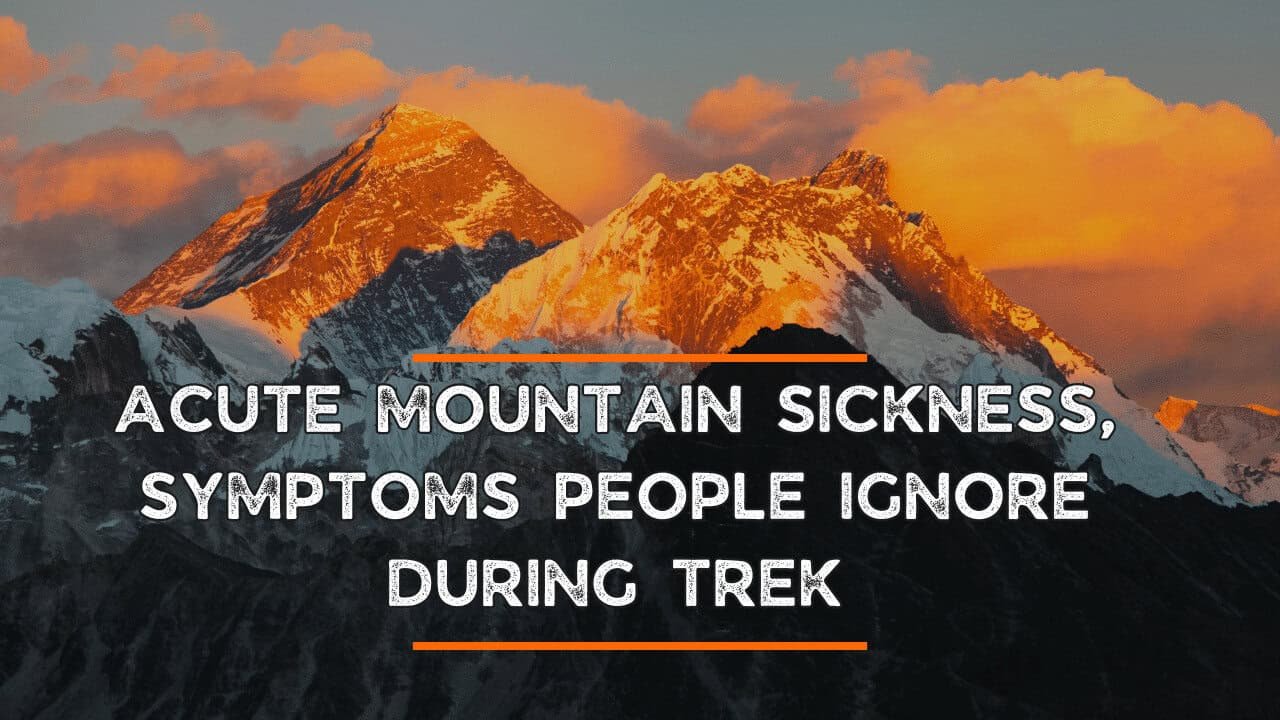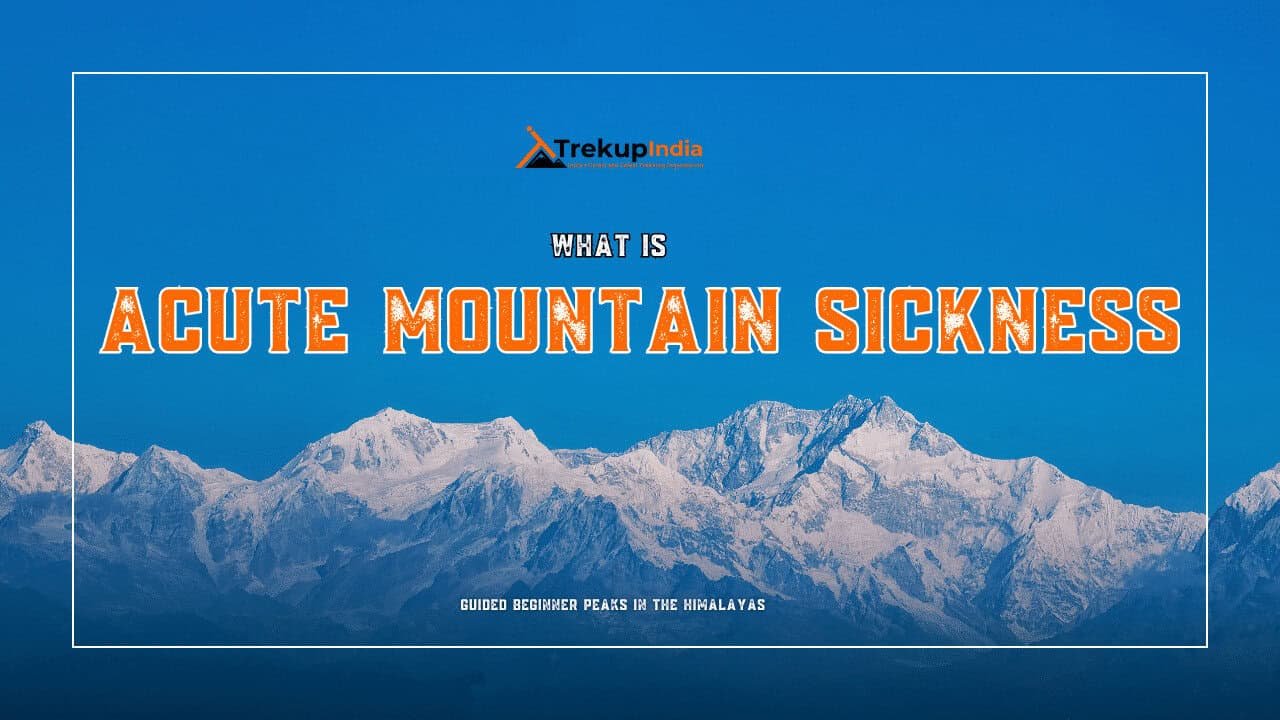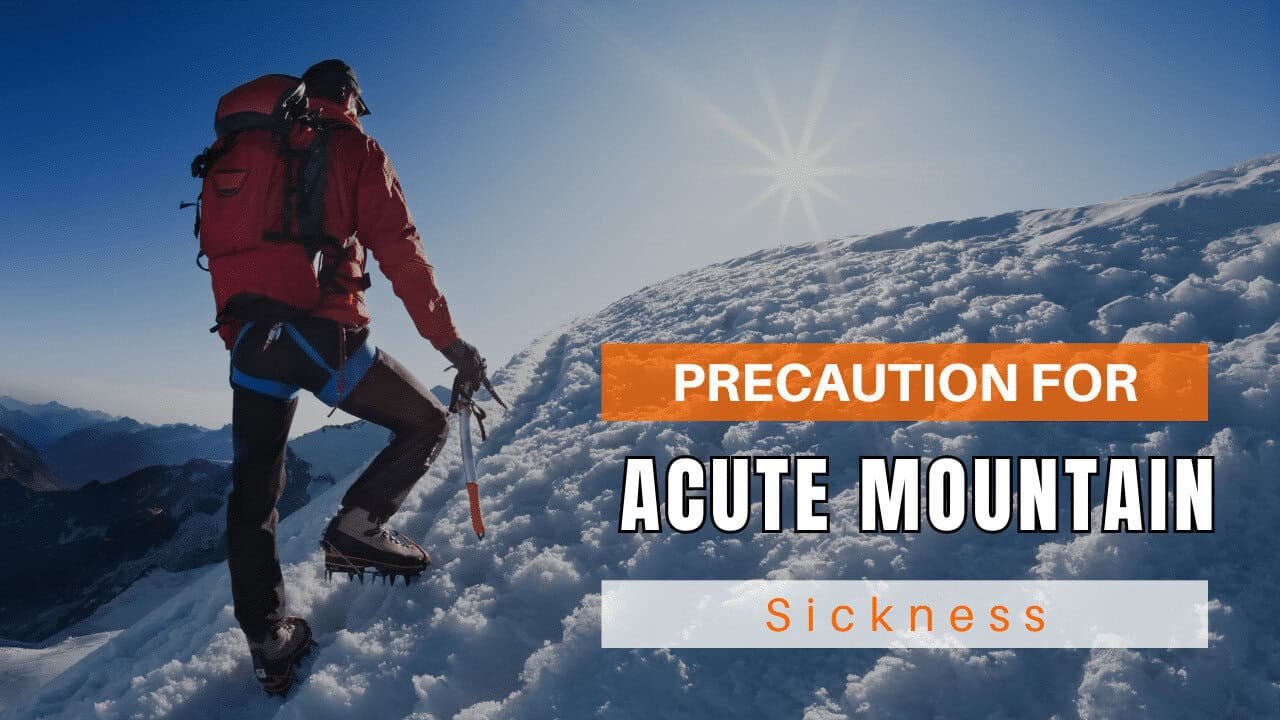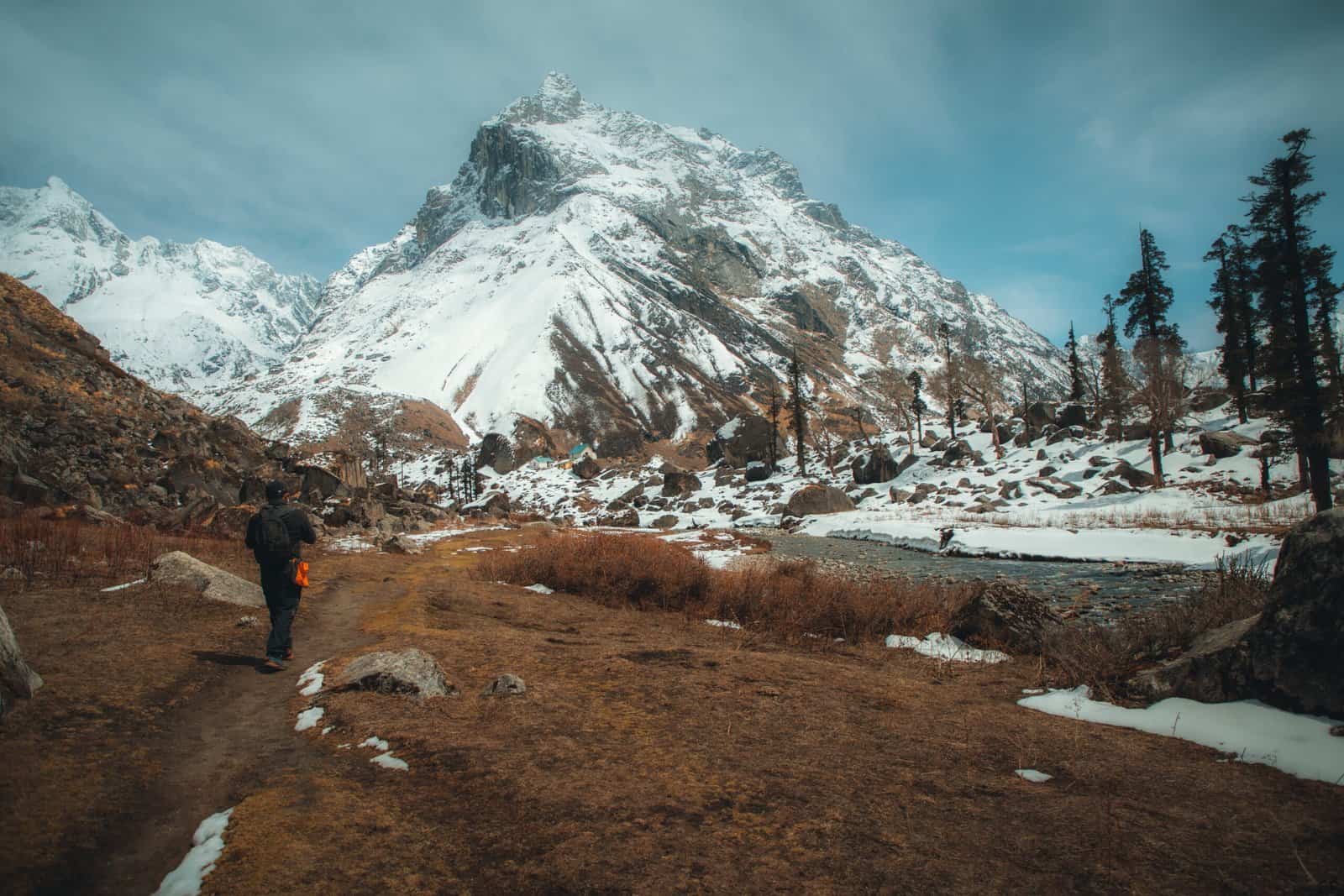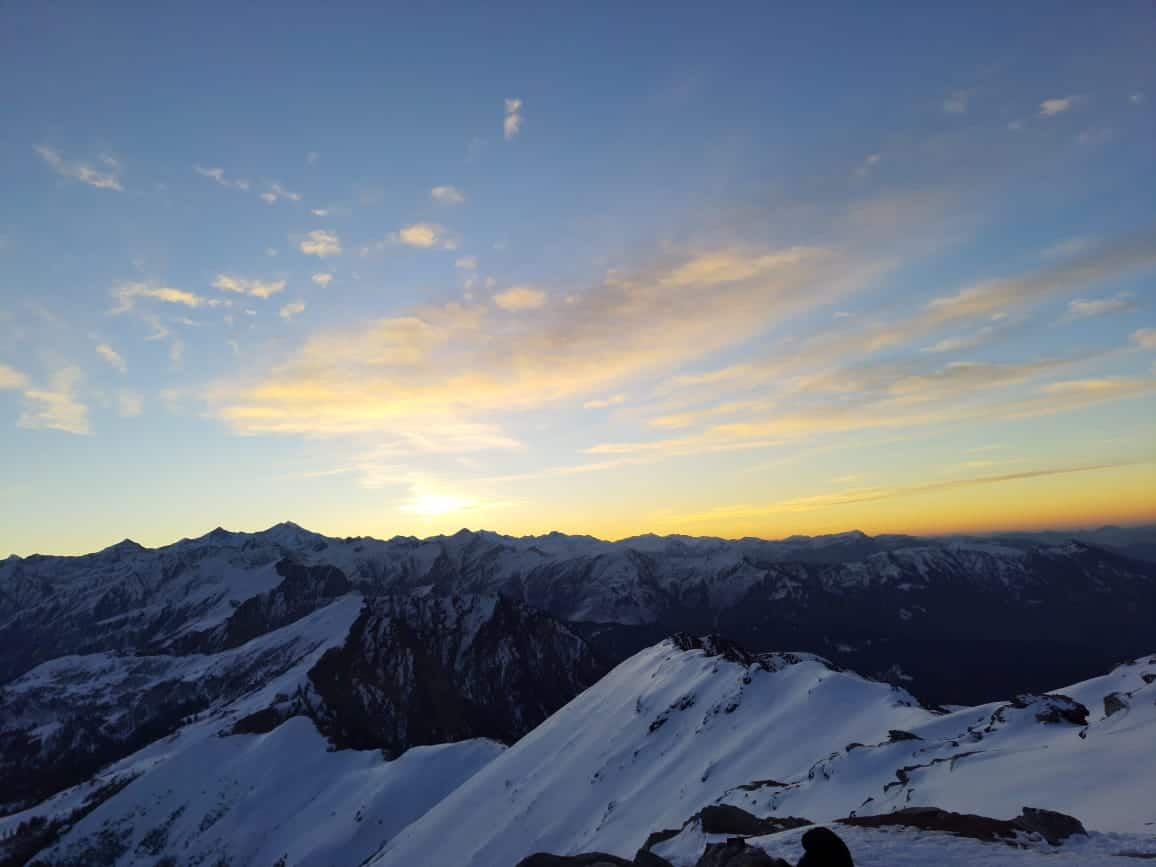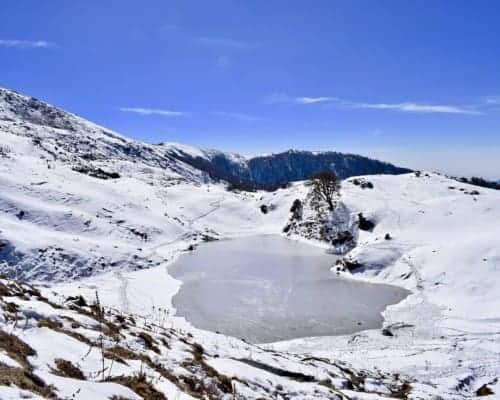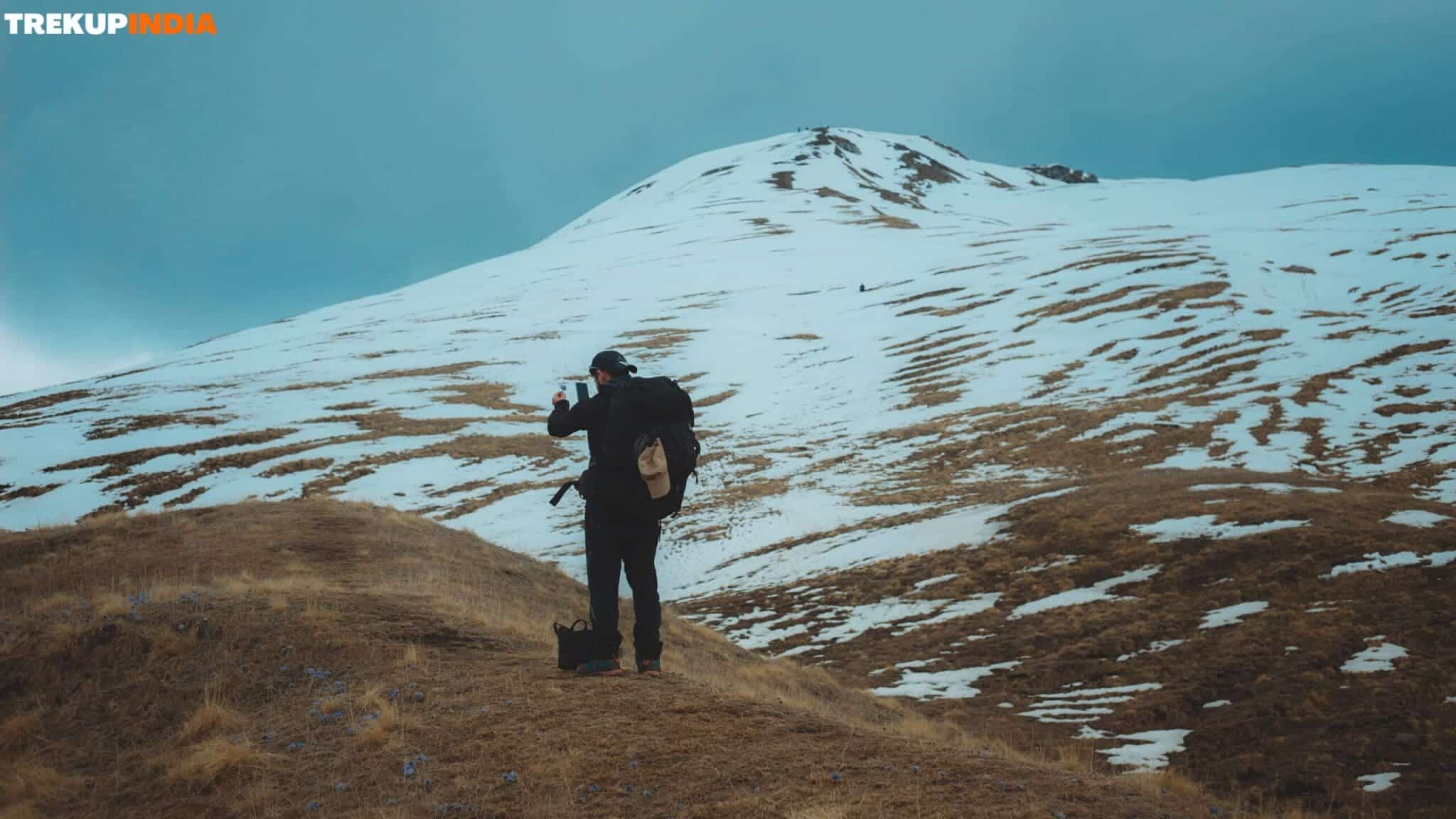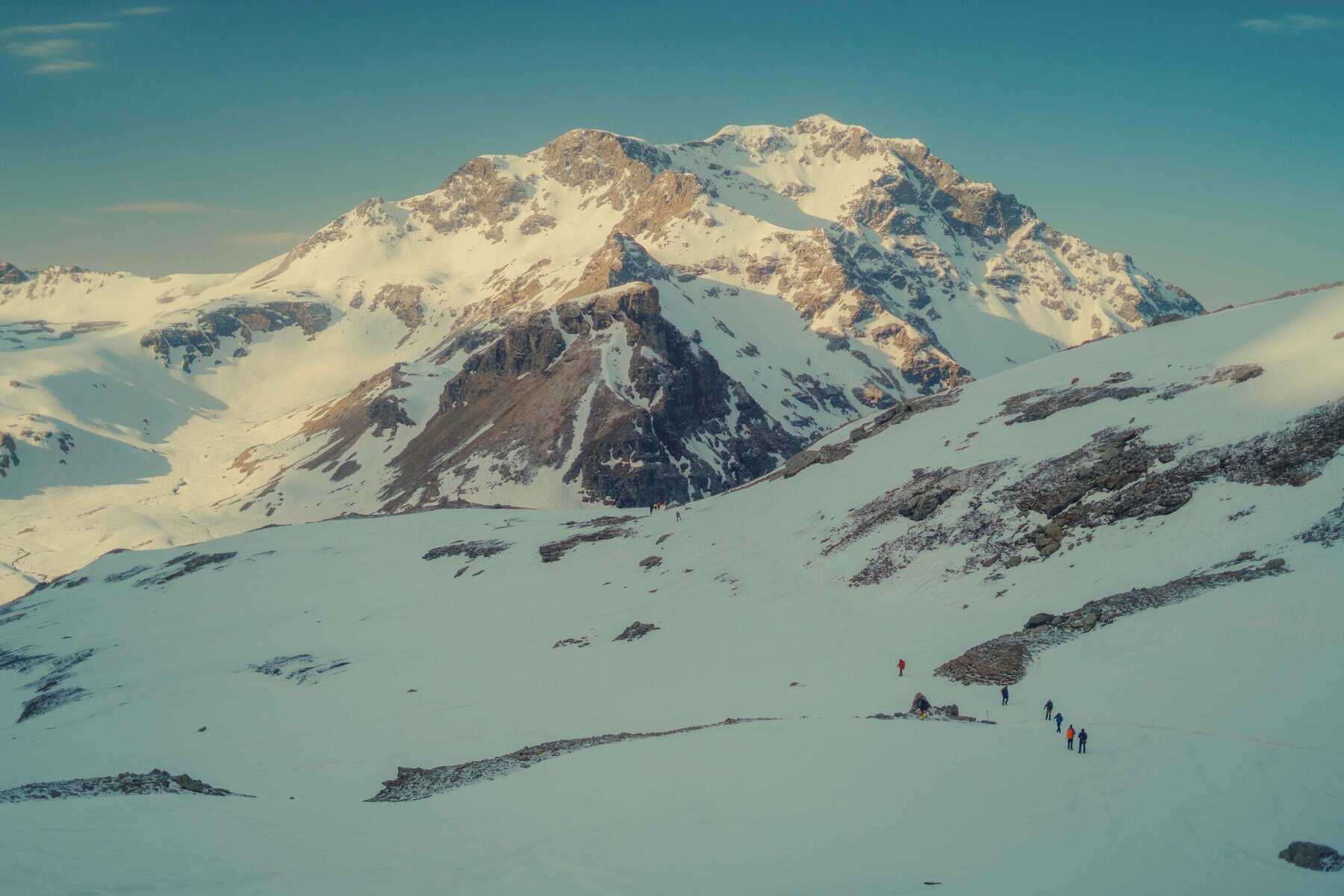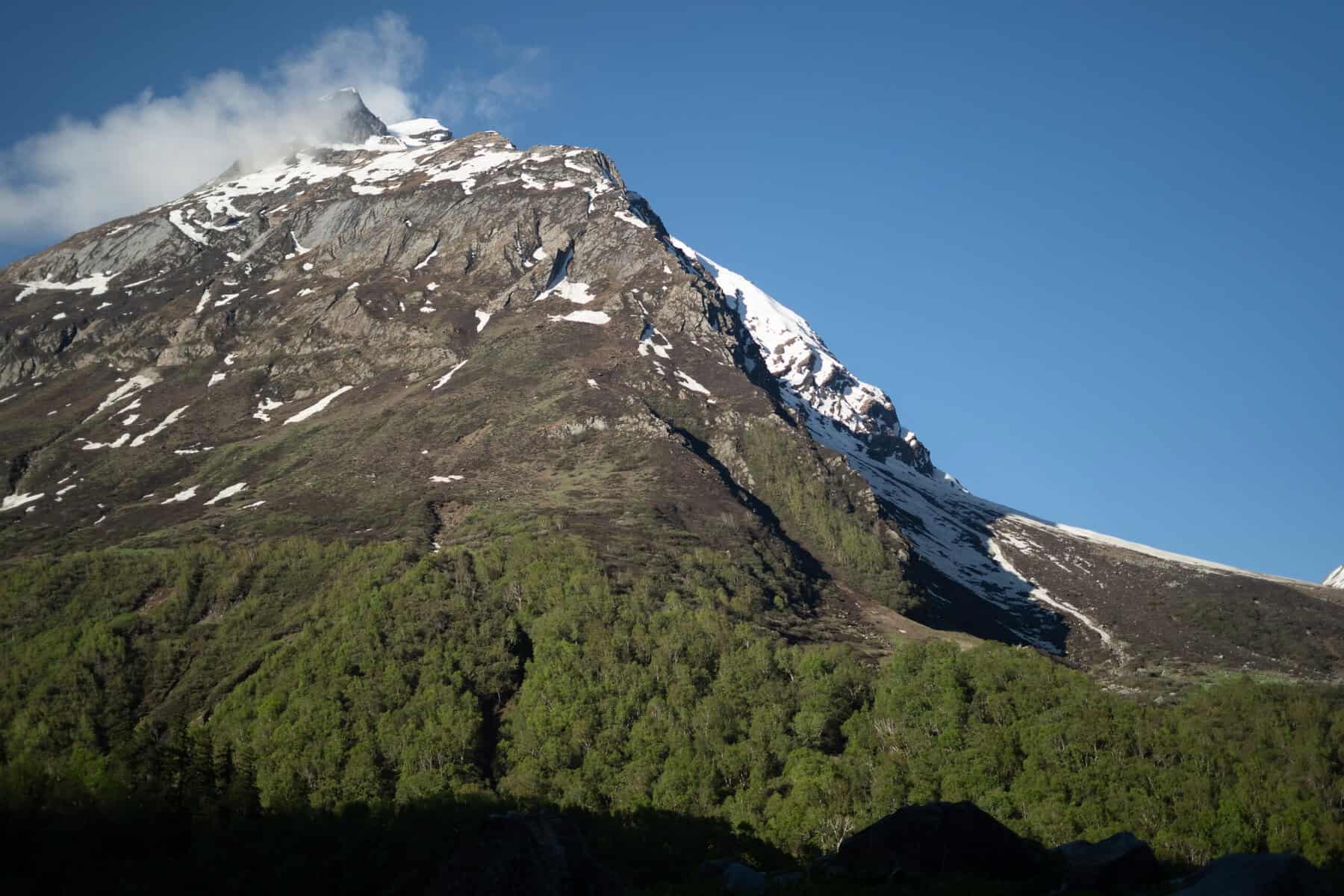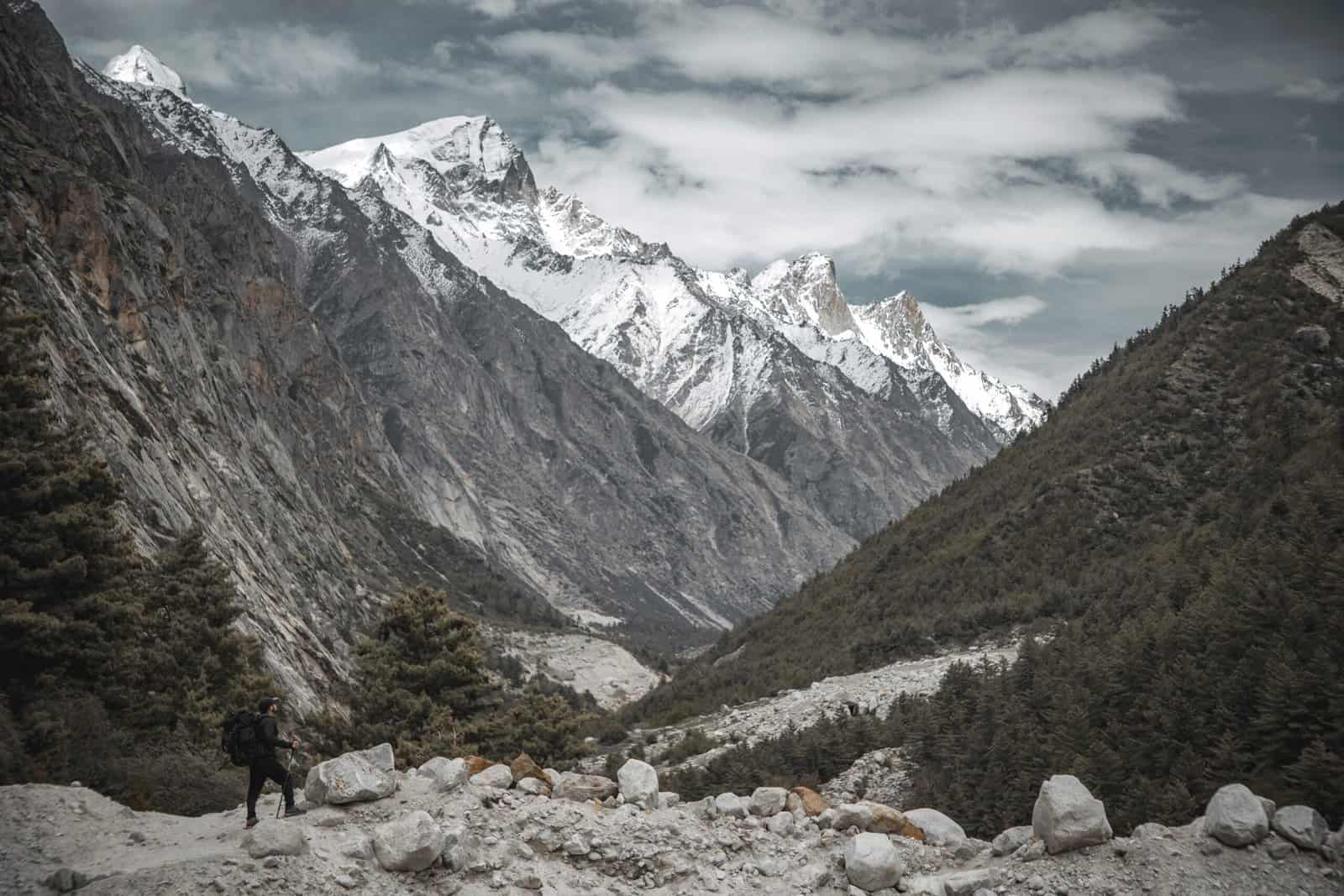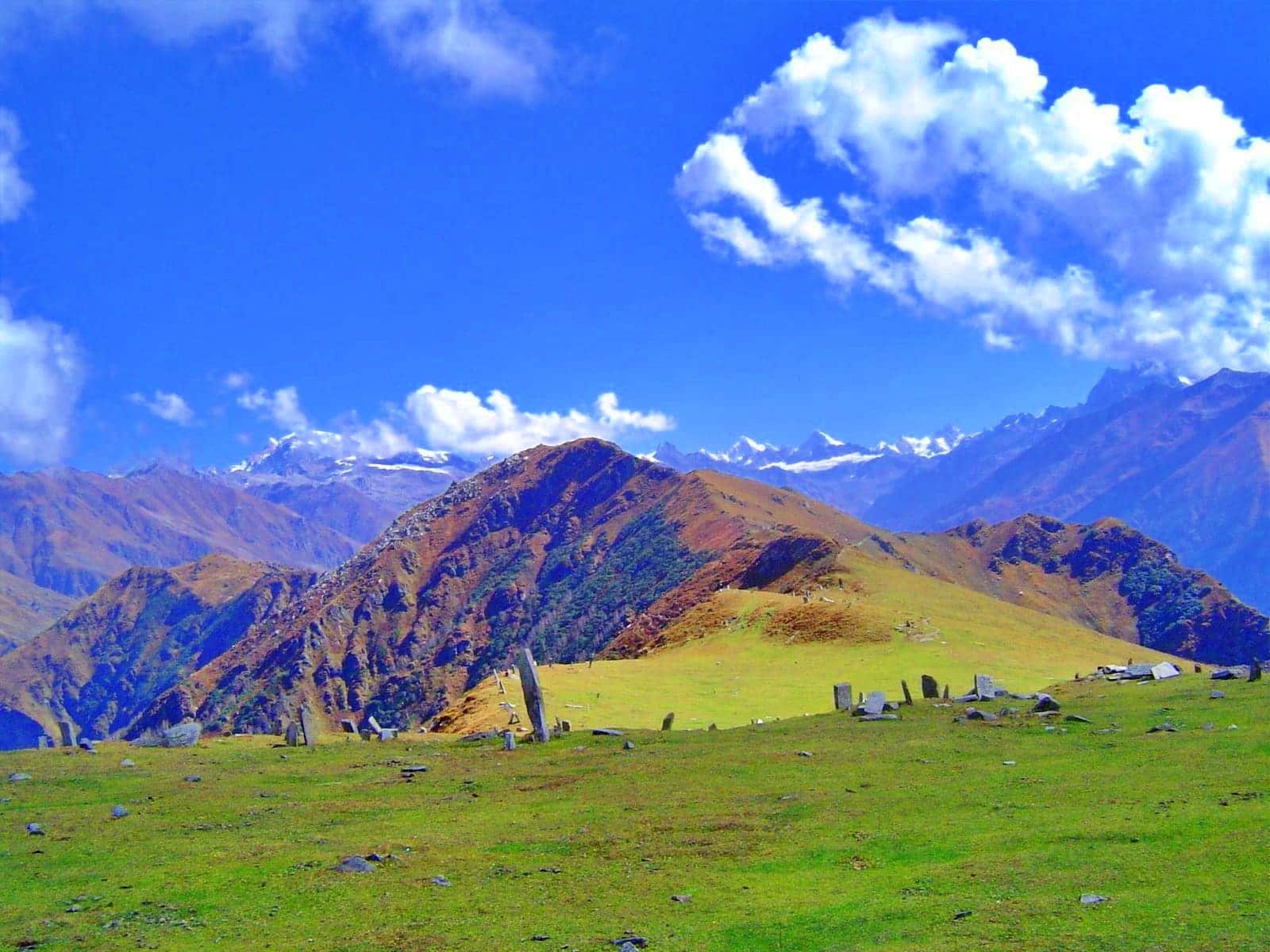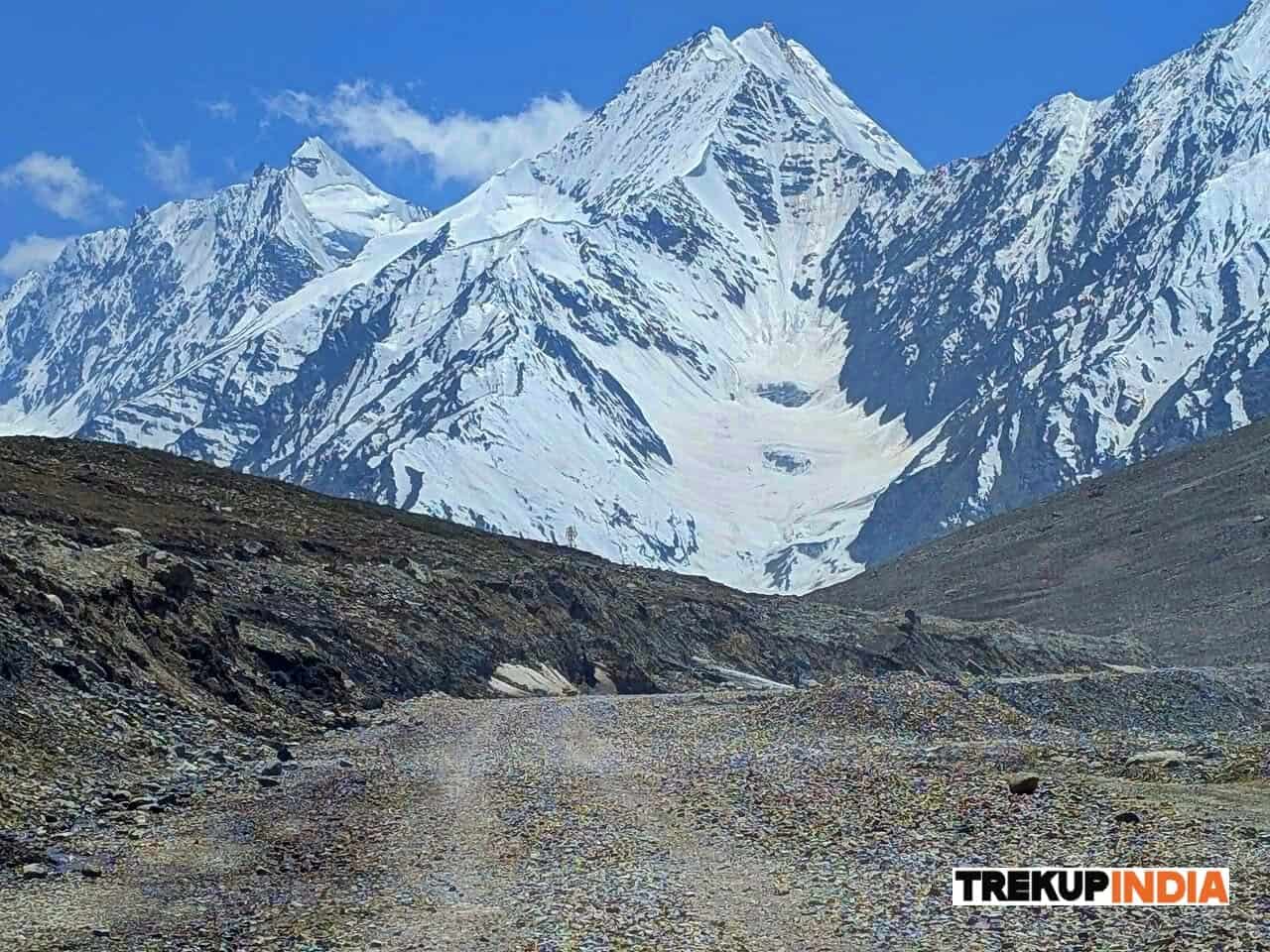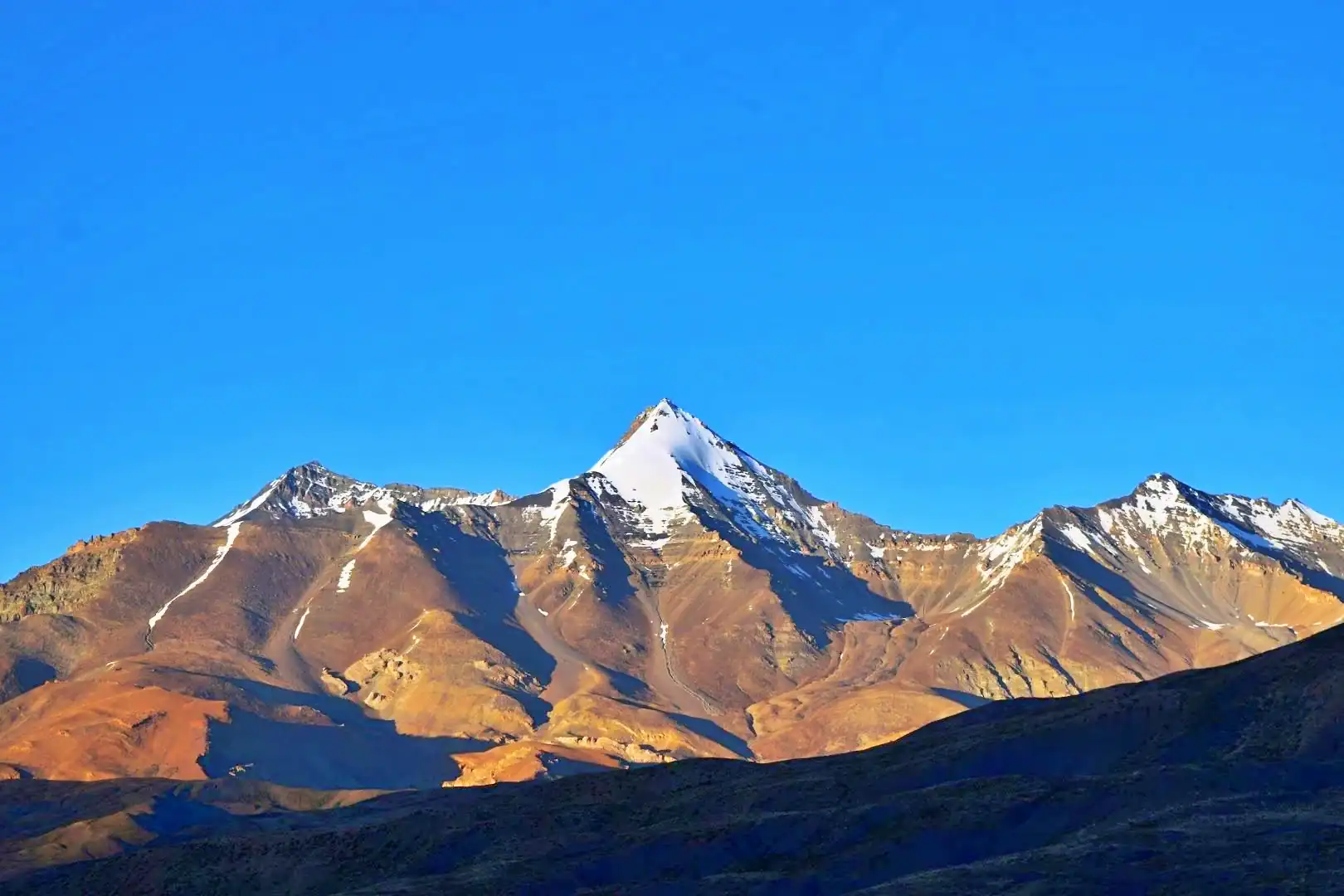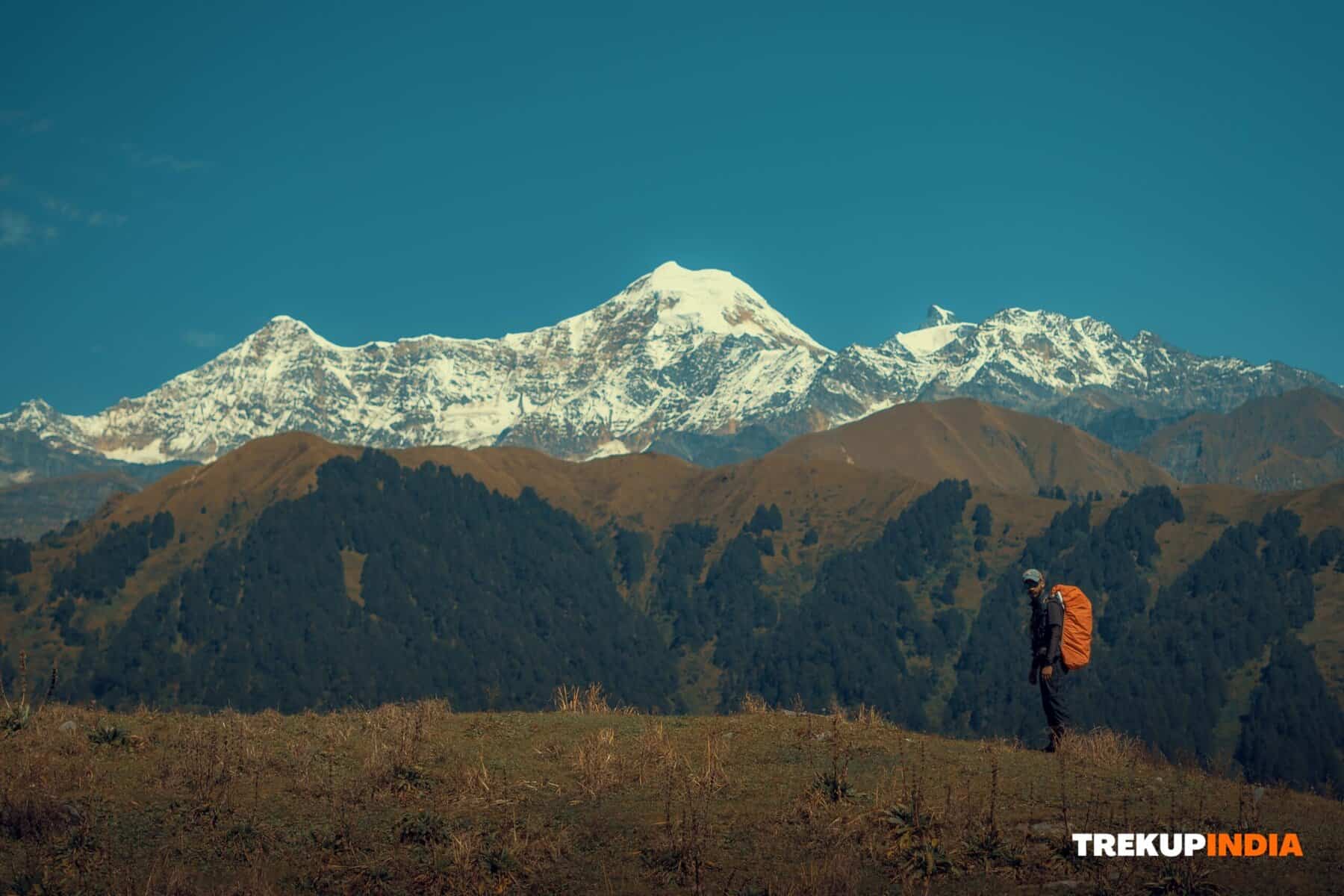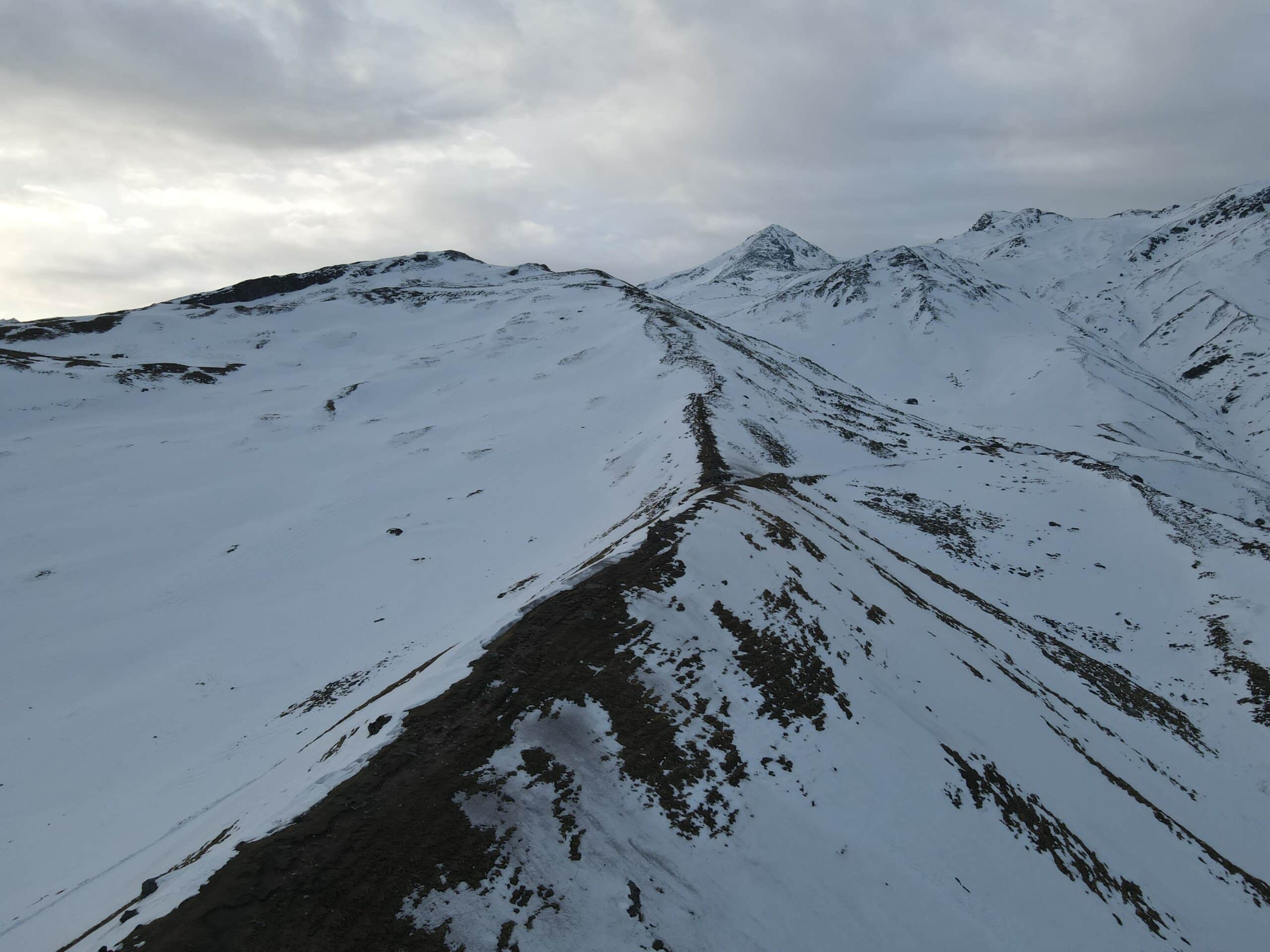Goechala or Sandakphu: Choosing the Perfect Himalayan Trek
Goechala and Sandakphu treks offer unique experiences in Kanchenjunga National Park while remaining near the majestic Mt. Kanchenjunga – the third-highest peak. Both routes provide stunning Himalayan views from Sikkim’s border but differ significantly in some key aspects, making these treks must-try treks for anyone wanting a taste of Sikkim trekking or to witness Kanchenjunga’s majestic appearance. This article presents an in-depth comparison between Goechala and Sandakphu to assist in selecting an ideal Himalayan trek destination. These two villages each boast distinct attributes and highlights to help make a decision easier for trekkers. Goechala and Sandakphu treks are two acclaimed Himalayan routes located in Sikkim and West Bengal that offer unique adventures. Goechala, located at an altitude of 15,100 feet, offers one of the highest altitude treks available to experienced trekkers seeking close views of Kanchenjunga and other tall peaks. The journey entails eight-10 weeks traversing challenging terrain, camping in isolated settings boasting beautiful rhododendron forests and alpine meadows. Sandakphu lies at a lower elevation (11,930 feet). This beginner-friendly trek lasts 6-7 days with established teahouses as well as spectacular panoramas from Everest to Lhotse and Makalu, and Kanchenjunga, providing for an easy-going and culturally enriching journey.
Peaks View
Be wary of the moderate difficulty levels of Sandakphu trek. Even though this trek may appear straightforward, it climbs from 3627m and provides stunning views of some of earth’s greatest summits – Mount Everest, Kanchenjunga, Lhotse and Makalu can all be seen from India, making this experience truly special.
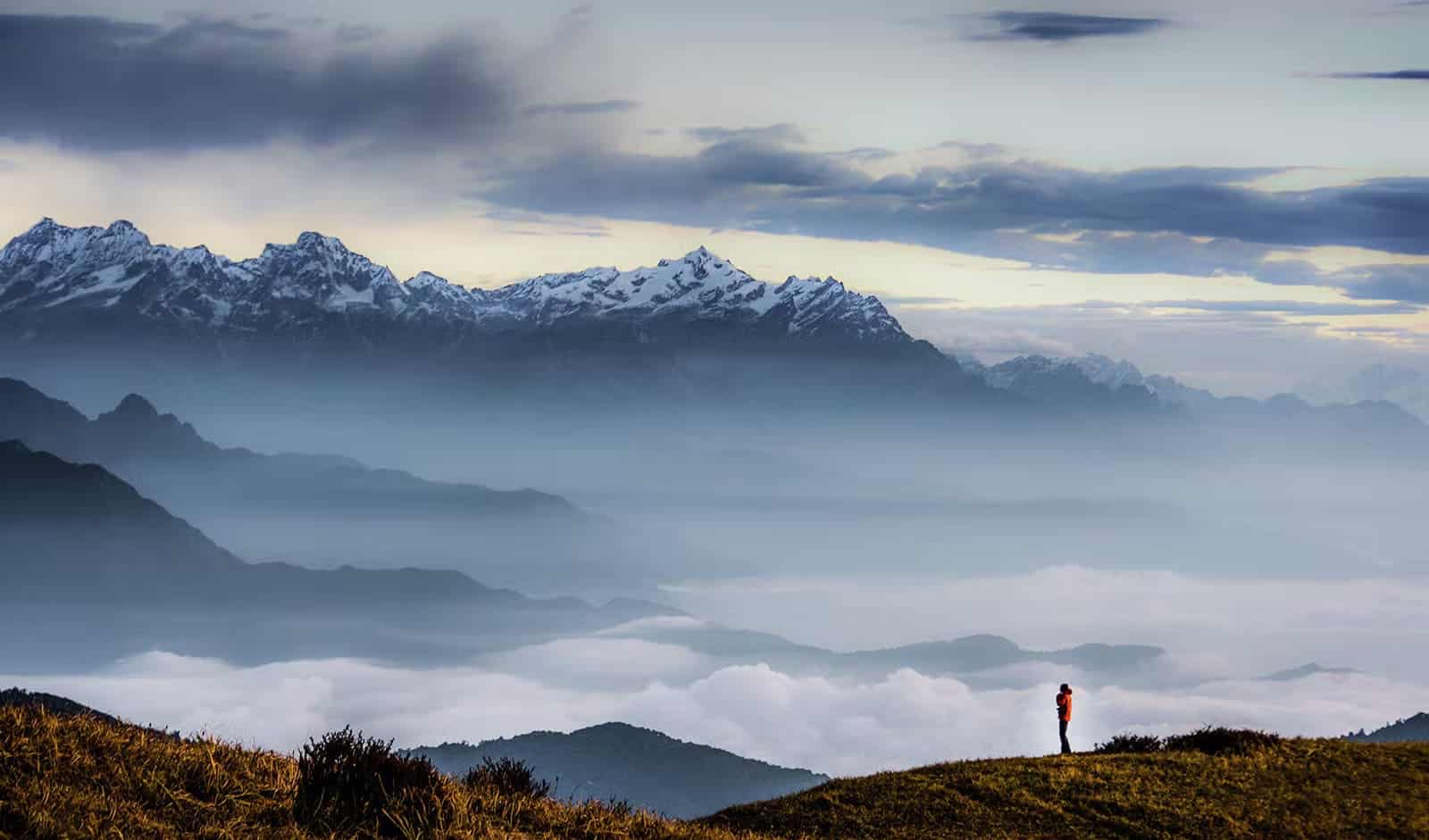
Starting on the Goechala trek and reaching Mt. Kanchenjunga is truly spectacular, twelve massive giants rise up into an eye-catching panorama that can only be described as breathtaking. Talung, Rathong, Simvo and Pandim peak out among these twelve massive titans while Kanchenjunga stands out with its beauty as it takes center stage and makes its mark. Kanchenjunga can still be seen from Sandakphu; however, the Goechala route provides an up-close experience that allows visitors to truly take in its splendour and appreciate how close it truly is.
Trek Route
Sandakphu Trekking can be challenging but rewarding in equal measures, with steep inclines, long distances, and unpredictable weather posing obstacles to its journey. Most of it occurs through dense forest terrain on unpaved pathways leading to idyllic villages at day’s end. Trekkers might encounter some bushes along their journey before reaching an area covered with leaves, which might become slippery if there’s rain. Sandakphu presents different landscapes during each season and seasons. Goechala trek presents a significant test of physical endurance and mental fortitude, providing breathtaking mountainous landscapes filled with strenuous uphill climbs and sharp drops. Trekking begins amidst dense forest; at an altitude point it becomes possible to leave behind this environment and enter more barren and arid regions of terrain. Leeches pose another complication to this climb. After Dzongri, the path becomes increasingly rugged, forcing trekkers to adjust as the trek continues. When snow covers it in wintertime, however, this becomes an incredible winter paradise, and this trek provides the ideal opportunity for experienced trekkers seeking an exciting winter adventure.
Flora and Fauna
The Sandakphu trek features an assortment of vegetation such as magnolias, bamboos, and oak trees; in particular, rhododendrons and oak. The area has come to be known as “the mountain of poisonous plants”, due to an abundance of Himalayan Cobra Lilies; red pandas, barking deer’s, leopard cats and Himalayan Black Bears can often be seen roaming freely here along with various bird species including Blood Pheasants, Parrotbills and Old-World Babblers among many others. Juniper, Silver Oak, and Rhododendron trees are some of the most prevalent on the Goechala trek. As we climb deeper into the mountains, more and more trees become less apparent until none remain at all – similar to Sandakphu trekkers may even spot Himalayan Black Bears, Red Pandas, and Barking Deer, as possible sightings.
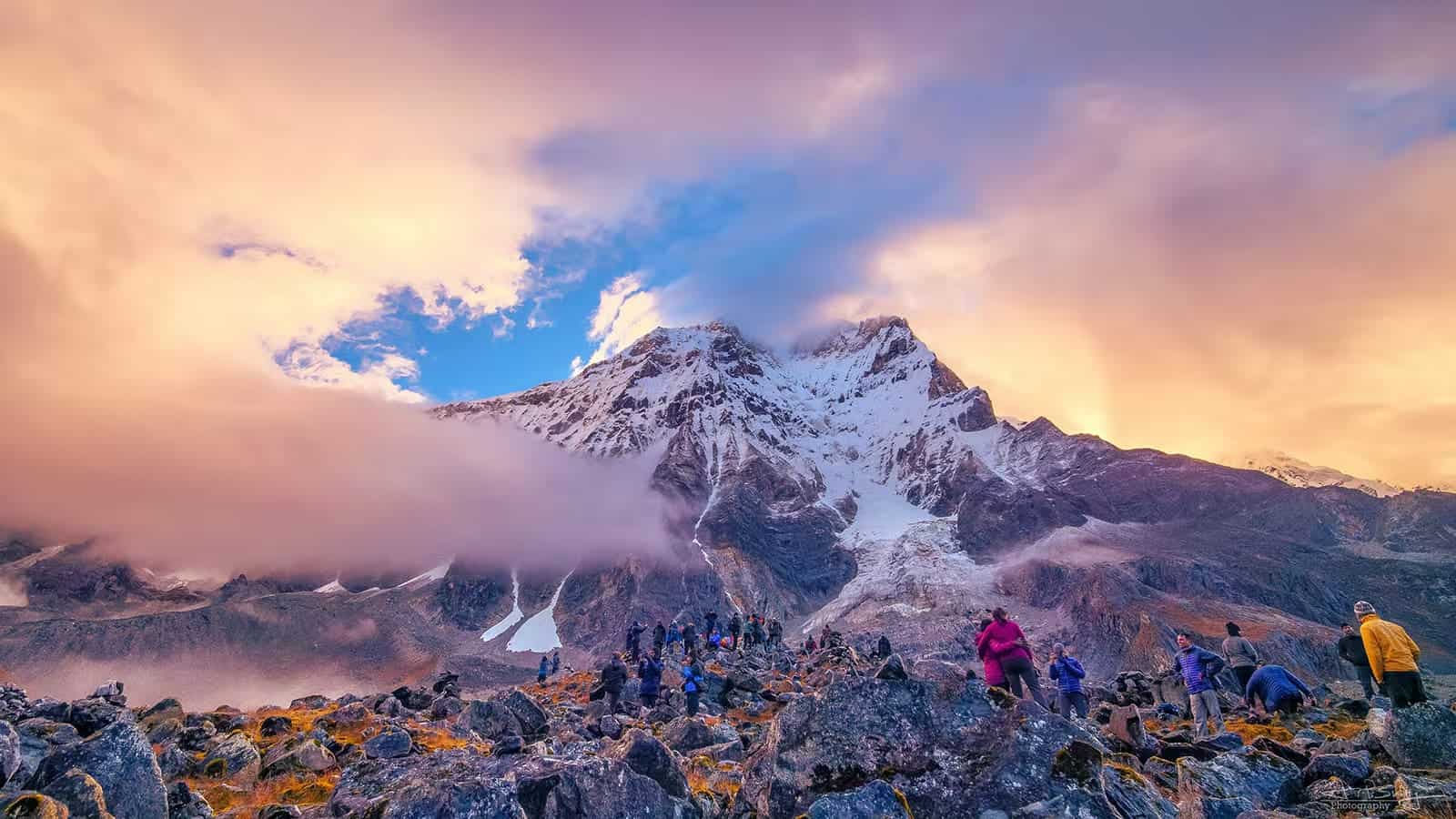
Sandakphu and Goechala are two highly sought-after trekking locations in Sikkim that provide stunning views of the Himalayan Mountains. Sandakphu can accommodate trekkers of all levels, while Goechala should only be explored by those experienced with mountain treks. We hope that this information can assist in selecting an enjoyable winter trek!
About Author

Anoop Rawat (Admin TrekUp India)
Anoop has worked for 5 years as a Trek Leader with TrekUpIndia, leading numerous treks across the diverse and challenging terrains of Uttarakhand and Himachal Pradesh. He holds a degree in Geology with a specialization in Geographic Information Systems (GIS) from UPES Dehradun. During his academic years, he actively applied his classroom knowledge in the field—most notably by contributing to a glacier research project on the Jundar Glacier in the Har Ki Dun Valley, Uttarakhand. Write Anoop at anoop@trekupindia.com
Share this article
Dates For Upcoming Treks
Want To Trek Like Pro?
Basically, watch these videos if you want to trek the same way professional trekkers do and make your skills better. These videos contain useful tips and techniques to further improve your trekking skills itself. These videos actually help both new and experienced trekkers improve their trekking skills. These videos definitely provide useful tips that make your trek better. We are seeing that these videos by Trekup India experts will only help you make your trekking skills better.
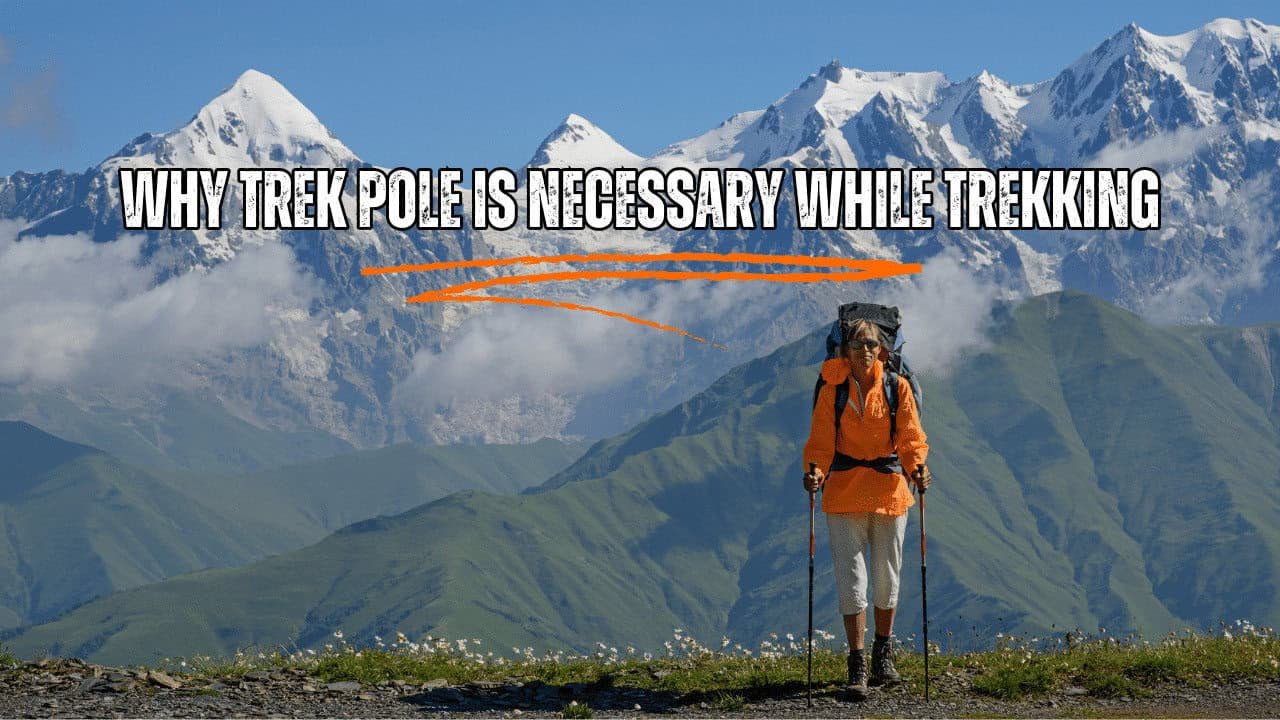




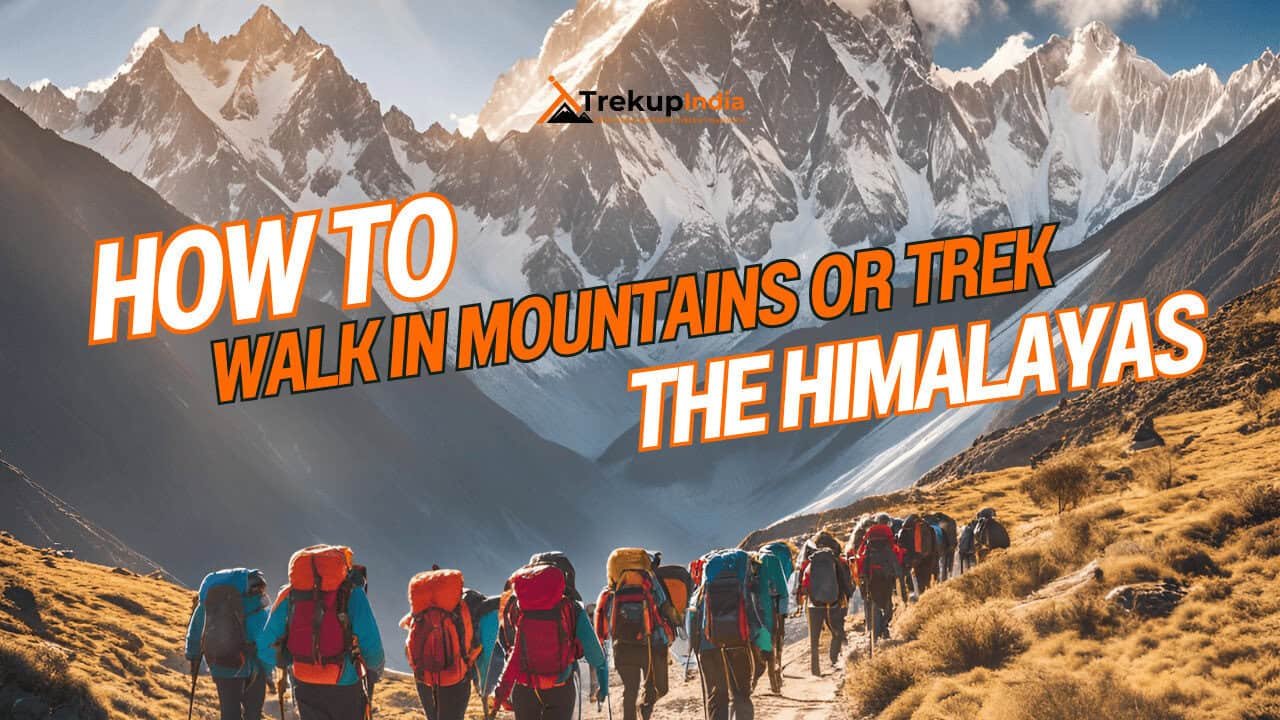

Know Everything About Acute Mountain Sickness
Acute Mountain Sickness occurs when people trek to high altitudes above 8,000 feet. This condition itself develops further due to reduced oxygen levels at such heights. Basically, as you go higher up, the air pressure and oxygen levels decrease, which causes the same problem. Acute Mountain Sickness surely causes headache, nausea, vomiting, and dizziness in affected persons. Moreover, peoples also experience difficulty in sleeping during this condition. To avoid mountain sickness, you should actually trek up slowly to higher altitudes. To learn further about this condition itself, watch the videos by Trekup India.
